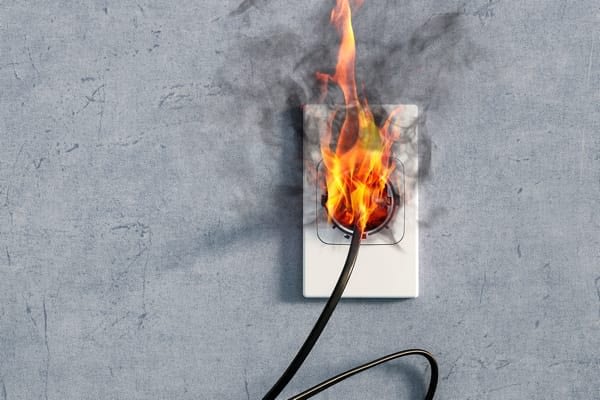Most people don’t want to think about their homeowners insurance until they need it. Homeowners policies are lengthy, complicated, and written in legalese. Nevertheless, it could pay off to thoroughly understand your homeowners policy and know how it works. Our agency is happy to assist you with not only finding the right homeowners policy, but also with understanding what is in it.
Basics of Homeowners Insurance
Understanding what is and is not covered by your homeowners policy can make all the difference in whether you can rebuild your home and replace your personal belongings after a disaster. Our agency can help you with an annual checkup to ensure you are keeping up with the costs of building and remodeling and inventories of your personal belongings.
When you insure your home, you are insuring two separate things – the structure of your home, and your personal belongings. Your homeowners insurance also covers your legal liability up to policy limits in case you, your family members, or your pets cause harm to others or their property.
Insuring the Structure of Your Home
Homeowners insurance typically covers damage to your home from fire, hail, water (excluding flooding), windstorms, riots, explosions, and other sudden and unexpected losses. You have the option to insure the structure of your home in one of three different ways:
- Replacement cost coverage: In this case, the insurance company will pay you the cost of replacing your damaged property with no deduction for depreciation, up to a maximum dollar amount.
- Extended replacement cost: This type of policy covers up to a certain percentage over the maximum dollar limit, typically 20%. It protects variables, such as a sudden increase in the cost of construction.
- Actual cash value: In this case, the insurance company will pay out the cost to replace your home minus depreciation for age and use. Depending on the age of your home, replacement costs in the marketplace today could far exceed actual cash value.
It would be wise to insure your home for the total amount it would cost at present to rebuild it if it were destroyed. If you don’t have enough insurance, the company may only pay out a portion of the cost of repairing or replacing damaged items.
Insuring Your Personal Belongings
There are two ways to insure your personal belongings under a homeowners insurance policy:
- Replacement cost coverage: This type of coverage pays the dollar amount needed, without deduction for depreciation, to replace damaged personal property with items of like kind and quality.
- Actual cash value: The policyholder receives the replacement value of damaged property minus depreciation. Coverage is for real cash value unless the policy specifies that property is covered for replacement value.
When you are insuring your personal belongings, make an inventory of your belongings, including all available information, such as make and model numbers, serial numbers, purchase price, date of purchase, and present value. Check your policy limits on personal items and consider a “floater” or personal property endorsement that allows you to insure valuable items separately if the limits are too low. Our knowledgeable agency can assist you in finding the coverage you need to fully protect your home and belongings at the best available rates.
Article originally posted on www.insuranceneighbor.com(opens in new tab)

